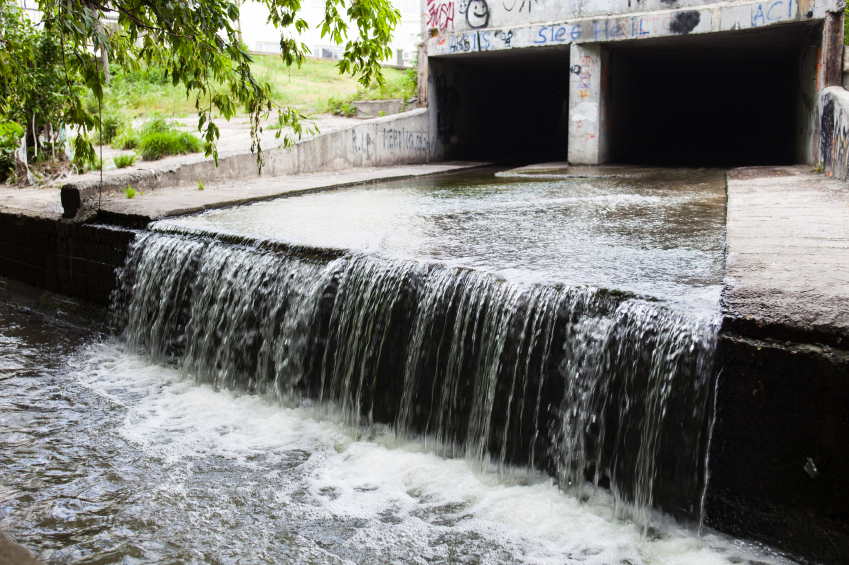 |
What Is a CBP3?
The EPA has been promoting CBP3 programs to help municipalities meet their stormwater management program needs. A traditional P3 is a performance-based contract between the public sector and the private sector to arrange financing, delivery, and typically long-term operations and maintenance of public infrastructure. The CBP3 includes many features of the traditional P3 model, but has modifications to meet the unique requirements of stormwater management systems. These modifications include a focused effort to invest in GI approaches that provide for local economic growth and improved quality of life in urban and underserved communities.
What Your Town Needs to Consider
The EPA has highlighted eight critical issues and requirements that should be addressed in the development of a CBP3 in order for it to be successful for both public and private partners.
Join us on August 18 at 1:30pm EST for an in-depth webinar on why this new final clean water rule is so important—and controversial! Register now!
- Sustainable and predictable revenue streams. Local governments need a dedicated and reliable revenue stream in order to sustainably fund construction, operations, reporting, and maintenance of stormwater/GI programs. A community should have access to one or more of the following sources to maintain any significant retrofit program, including:
- Funding streams generated from property taxes, utility fees, or fee-in-lieu of programs
- Grants, state revolving loan funds, banking and offset programs, trading programs, and user fees
- Multisector grants and loans (e.g., stormwater and energy)
One way or the other, you will be helping to fund stormwater programs in your municipality. Which type of revenue program would work best for you—pay a fee and forget about it or a more pro-active trading or offset program?
- Measurement and verification. A goal of the contractor will be to develop cost-effective and efficient implementation strategies and best management practices (BMPs) that achieve the required reduction in pollutant loads. Your municipality must have a system in place to evaluate, verify, and report on the progress of quantifiable effort and results. Are you interested in your municipality pursuing such things as:
- Stormwater credit programs that can be used to recognize the reduction in pollutant loads for innovative practices, or credits that can be given for retrofitting and enhancing existing systems
- Monitoring programs that can be used to accurately determine load reduction benefits for innovative and conventional BMPs at the site and watershed level
- The ability to make distinctions between new sources of pollutant, pollutant reduction approaches, and legacy pollutants in the watershed
- The ability to gain recognition for more efficient BMP construction and operations?
The Clean Water Act Rule: What a New Definition of “Waters of the United States” Means for Your Operations: Register now to learn how the EPA’s new water rule—and its protections—affect industries like agriculture, farming, oil, and home building. Register here!
- Other community benefits. The EPA has been leaning on municipalities to develop other community benefits, such as infrastructure and community development needs when using GI approaches. In addition, the funding of GI projects can be leveraged or integrated into other efforts, which can lower the overall financial burden to communities. These leveraging opportunities include:
- Water reuse and conservation,
- Integration with other utility programs such as drinking water and wastewater,
- Potential air quality benefits,
- Program targeted to areas of underserved communities, and
- Resiliency planning and to preserve infrastructure capacity.
- Jobs. According to the EPA, the creation of local green jobs, workforce development, and the more efficient management of local government stormwater programs are critical to the any CBP3. There should be:
- The strong possibility that the work be done by local management, planning and engineering, construction, and maintenance firms
- A certification and training process for local companies
- A policy in place that the CBP3 contractor receive benefits for hiring local firms
